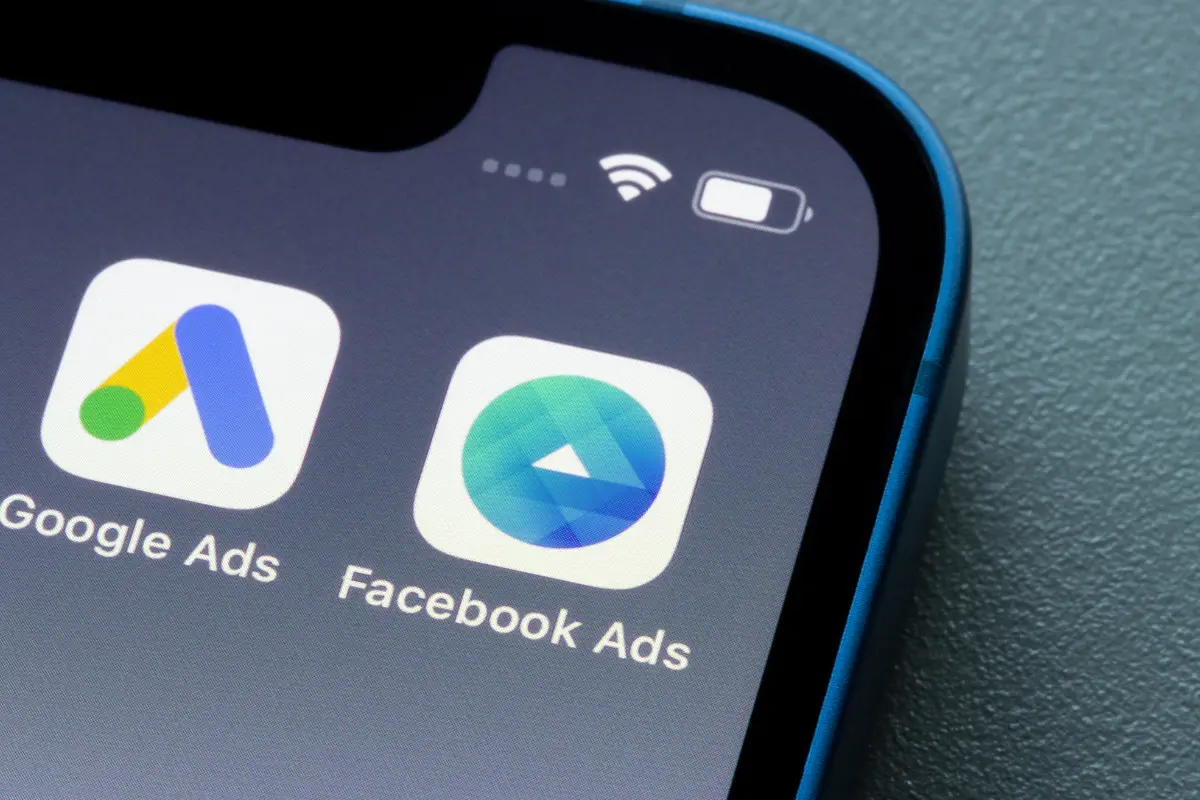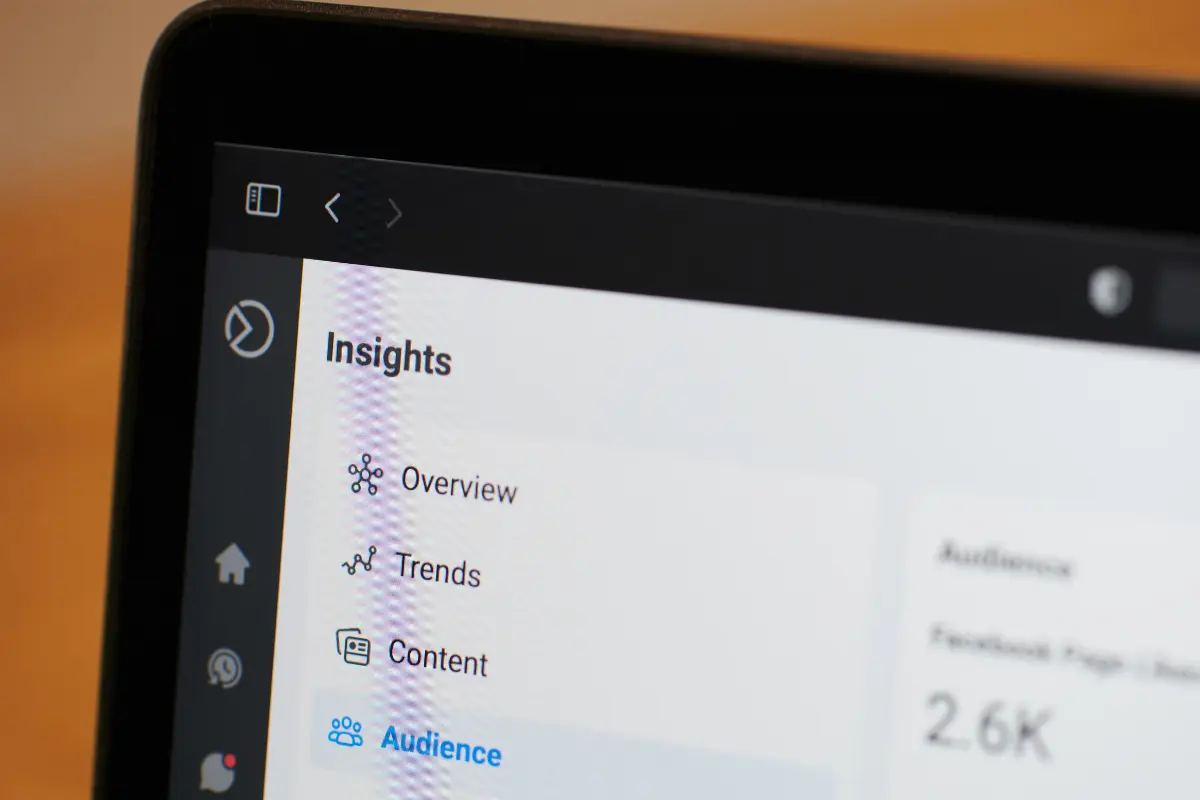You may have a great website that converts well, turning traffic into leads, enquires and sales, but without visitors, it’s often a wasted opportunity.
So what options do you have to drive more traffic to your website?
There are many digital marketing options available that can get you in front of the right audience and direct them to your website - they may not all be right for you, but take time to consider which could work best for your business and your target audience.
You’ll likely find it over the top to deploy every method, but you will find that using the right methods in combination work well - in fact you’ll find that the right channels used together consistently could double your impact.
Start advertising on Google or Bing
Often referred to as PPC, Pay Per Click, or Paid Search - but whatever you call it, potential customers are already using search engines to search for the product, service or solution you provide - platforms such as Google Ads and Bing Ads let you pay to get in front of them.
Stats show that PPC can generate twice as many visitors as organic SEO alone.
PPC ads can be an effective way to get results when you managed the account well and make regular optimisations.
If you set up conversion tracking correctly then it can be highly trackable too - you’ll be able to see which of your enquiries, leads or sales came to you through your ad campaigns and what it cost you.
You can get quick results - with visibility and clicks as soon as you start paying, the downside is that as soon as you stop paying that ends. But if you know your numbers and it’s working for you then you should keep feeding and growing your ad account as long as your Cost Per Acquisition (CPA) is favourable.

Paid advertising on social media
Similar to Paid Search, you can run Paid Social campaigns to get you in front of your target audience on social media platforms such as Facebook, Instagram, LinkedIn, Twitter, Pinterest and Tik Tok.
This approach can work well as a complement to organic social media content and building your followers on your social media channels.
You may even want to test and measure the results you get between social and search ads, and different social channels - by doing this you can reapportion your ad budget to the higher-performing channels and get more for your investment.
Most social channels offer clever targeting options whether you’re boosting posts or setting up full ad campaigns - for example, with Facebook and Instagram ads, a wedding venue could target people in the area who have recently changed their status to engaged. By connecting the right offering with the right people you’re bound to get some good traffic.
Build up an audience on your social media channels
I’ll be honest, this isn’t the number one option most businesses should look to build traffic - it’s slower burn and works really well for building brand awareness - but it certainly can supplement your website traffic as part of a broader strategy.
Being present on social is half the battle - brand influence and social media strategist Lori Ruff put it this way “Social media is here. It’s not going away; not a passing fad. Be where your customers are: in social media.”
To get this right you’ll need to post engaging content regularly and be sure to post content that features call-to-actions such as links to pages on your website.
Engagements, reactions and comments are all well and good - but if your followers never have the opportunity to make the leap from social media to your website, they’ll never become traffic and never become a lead, sale or enquiry.

Get search engine traffic by optimising your website
Often referred to as SEO (Search Engine Optimisation) or Organic Search, this is a big topic to sum up. Essentially this includes any improvements you can make to increase your chances of ranking more highly in natural search results in search engines such as Google.
There are many factors to attend to get good results, and SEO needs persistent effort to work - but the results are good and long-lasting once achieved and maintained.
Good SEO includes taking care of content (if you’re not talking about what you do - you’ll never be found for it), fixing technical issues (ensuring your website is fast and secure) and building your reputation (building links, gaining reviews and good press). As such SEO encompasses all other marketing methods mentioned in this article.
Use media and PR to your advantage
You don’t just have to use digital methods to feed your website with juicy traffic - press, radio or TV ads are valid options too if the price is right.
The trick is to make the response you get trackable and convert it into website traffic - you can do this by creating a specific landing page on your website with an easily shareable website address, and even share this using and discount code or QR code tied specifically to the campaign.
Reach people via email
The majority of people use email on a daily basis, and email can be a great way to build traffic. Note that this should always be done in a GDPR-compliant way.
If you already have an email database of existing or previous customers who you have permission to market to, you can use this to reach out on a regular basis to remind them you’re there, stay top-of-mind and build repeat customers. If you offer a range of services a regular email marketing newsletters can be a great way to tell customers about your full offering.
To build traffic you should always be sure to have well-placed call-to-action links throughout your email.
You can also use email to outreach to new customers too - you can purchase email data (ensure this is good compliant data from a reputable source) and automate your email outreach using tools Mailchimp, Convertkit or, Zoho.
Build traffic by using someone else’s audience
If there are brands or influencers that align with the product or service you offer, then this can be a useful tactic to build website traffic.
This tactic isn’t for everyone - be selective with influencers, only choose those who align with your brand and values and critically have a good following and would be able to feed you valuable website traffic.

Outreach using print
Again, it’s not just digital marketing that can feed your website traffic - old-school print can make a difference too - whether that’s flyering events, sending letters or even lumpy mail.
The key is to make it trackable by using a landing page, offer or QR code on your printed material.
If you’re looking for ways you can build traffic to your website, you’ve hopefully identified a number of avenues to pursue. You don’t have to use them all - but find the ones that work for you - and the key thing is to act and invest in them consistently.
For more information check out the rest of our digital marketing blog, and if you have any questions, feel free to get in touch!